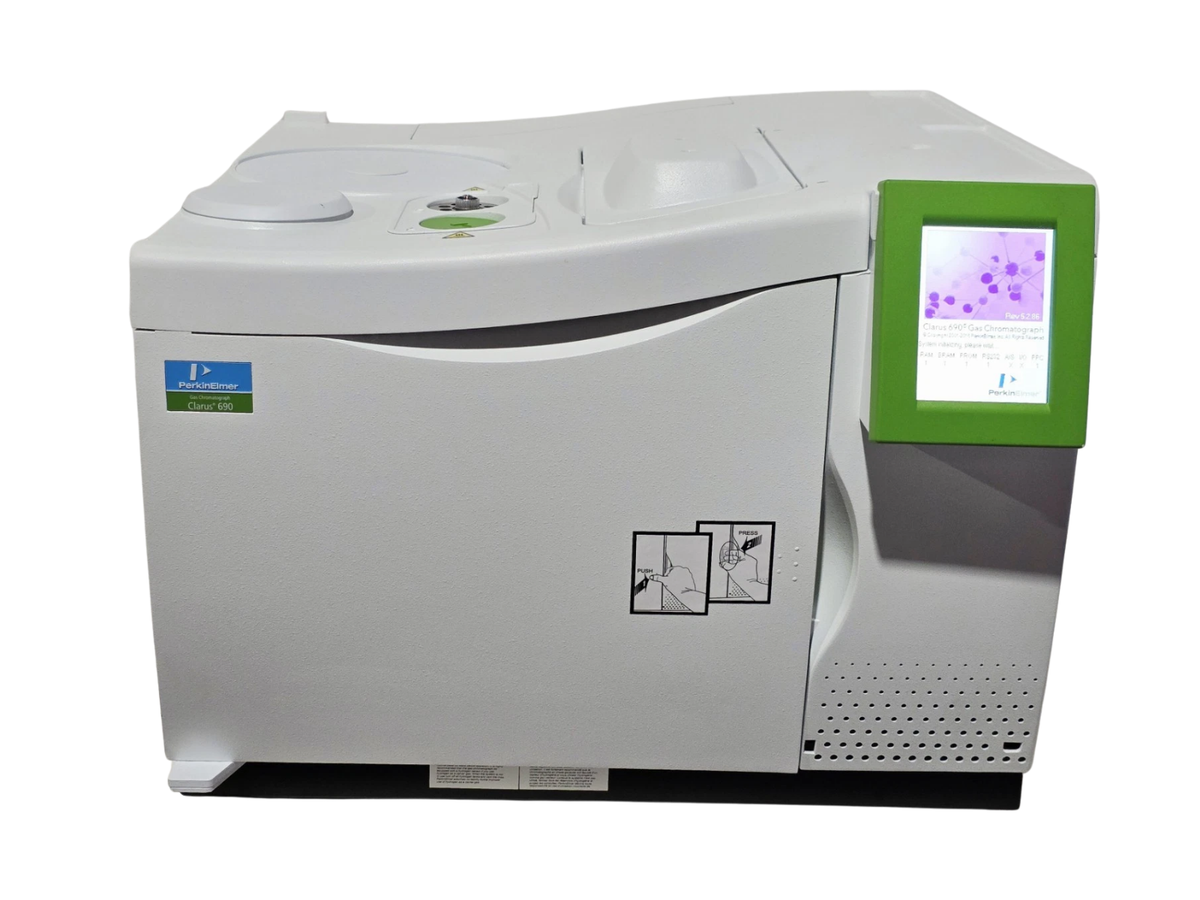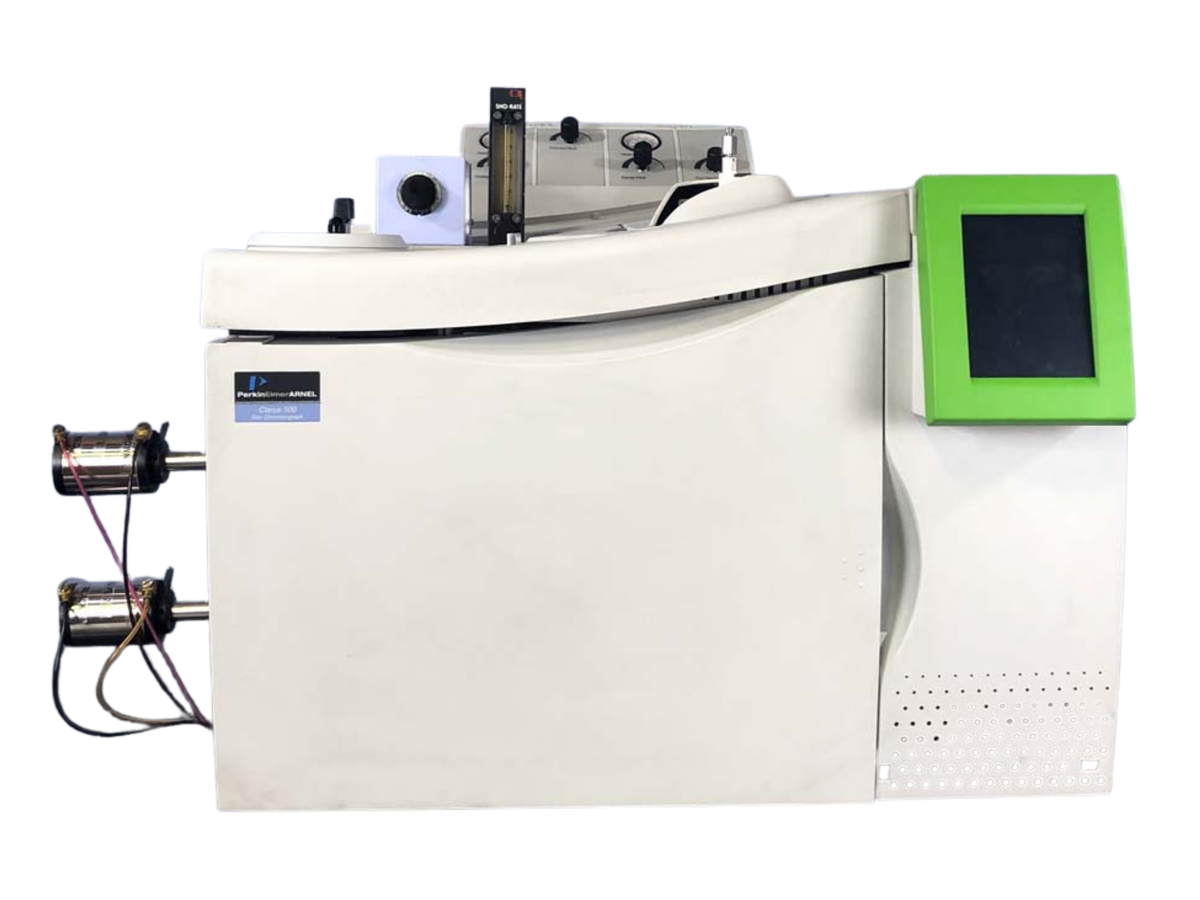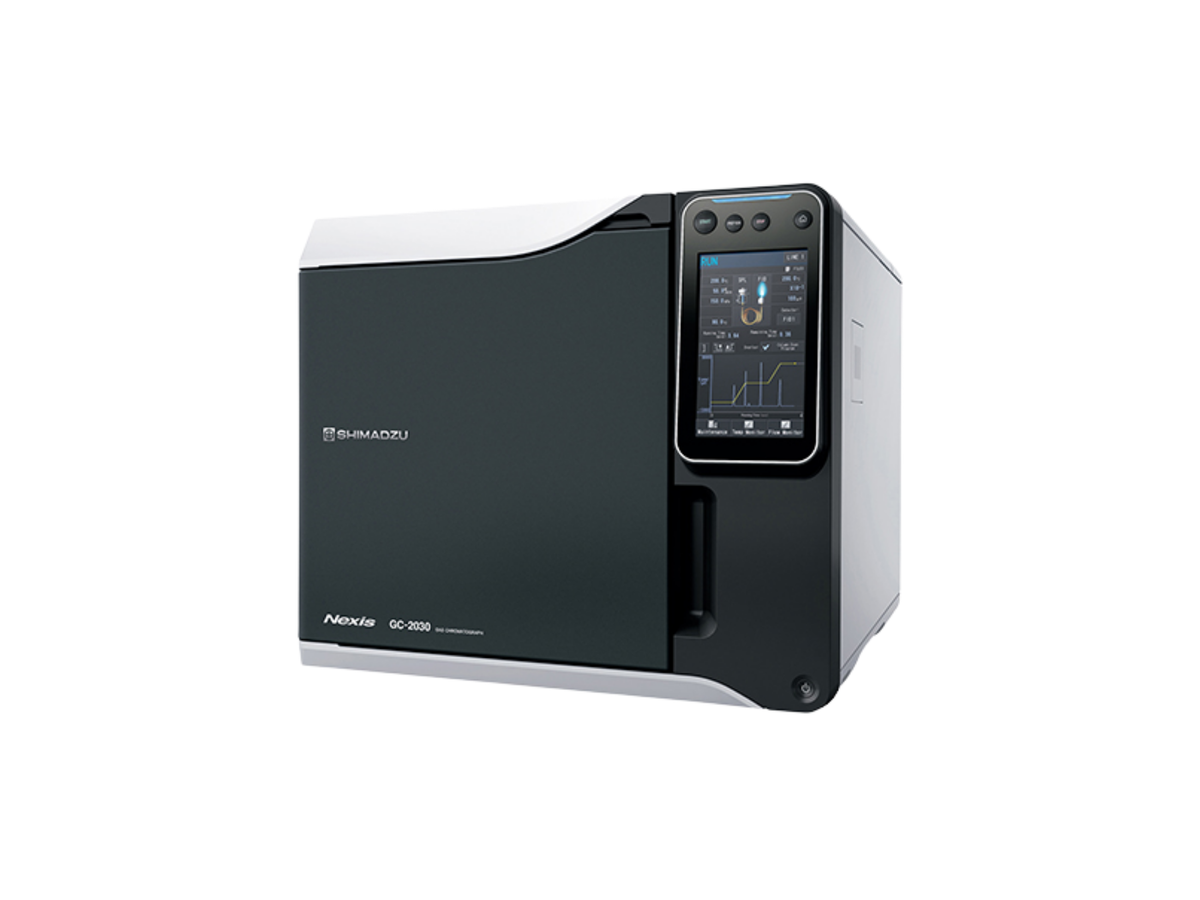Spectroscopy
Spectroscopy is a fundamental analytical technique that measures how matter interacts with light or other electromagnetic radiation to reveal detailed information about composition, structure, and properties of samples. Different spectroscopy methods are used depending on the application. UV-Vis spectroscopy measures absorbance and transmission of light to study concentration and purity. Fluorescence spectroscopy detects molecular fluorescence with high sensitivity, ideal for biological and chemical analysis. Infrared (FTIR) and Raman spectroscopy provide molecular fingerprints for identifying chemical bonds and structures. Atomic absorption spectroscopy (AAS) quantifies metals and trace elements with accuracy, while X-ray fluorescence (XRF) delivers rapid elemental analysis of solids, liquids, and powders. Nuclear magnetic resonance (NMR) spectroscopy enables in-depth structural elucidation of complex molecules. Advanced methods such as SEM/EDX and XRD further expand capabilities into surface characterization and crystallography. Together, spectroscopy techniques are essential across pharmaceuticals, biotechnology, food and agriculture, environmental monitoring, and materials science, offering precise and reliable insights into chemical and physical properties.




